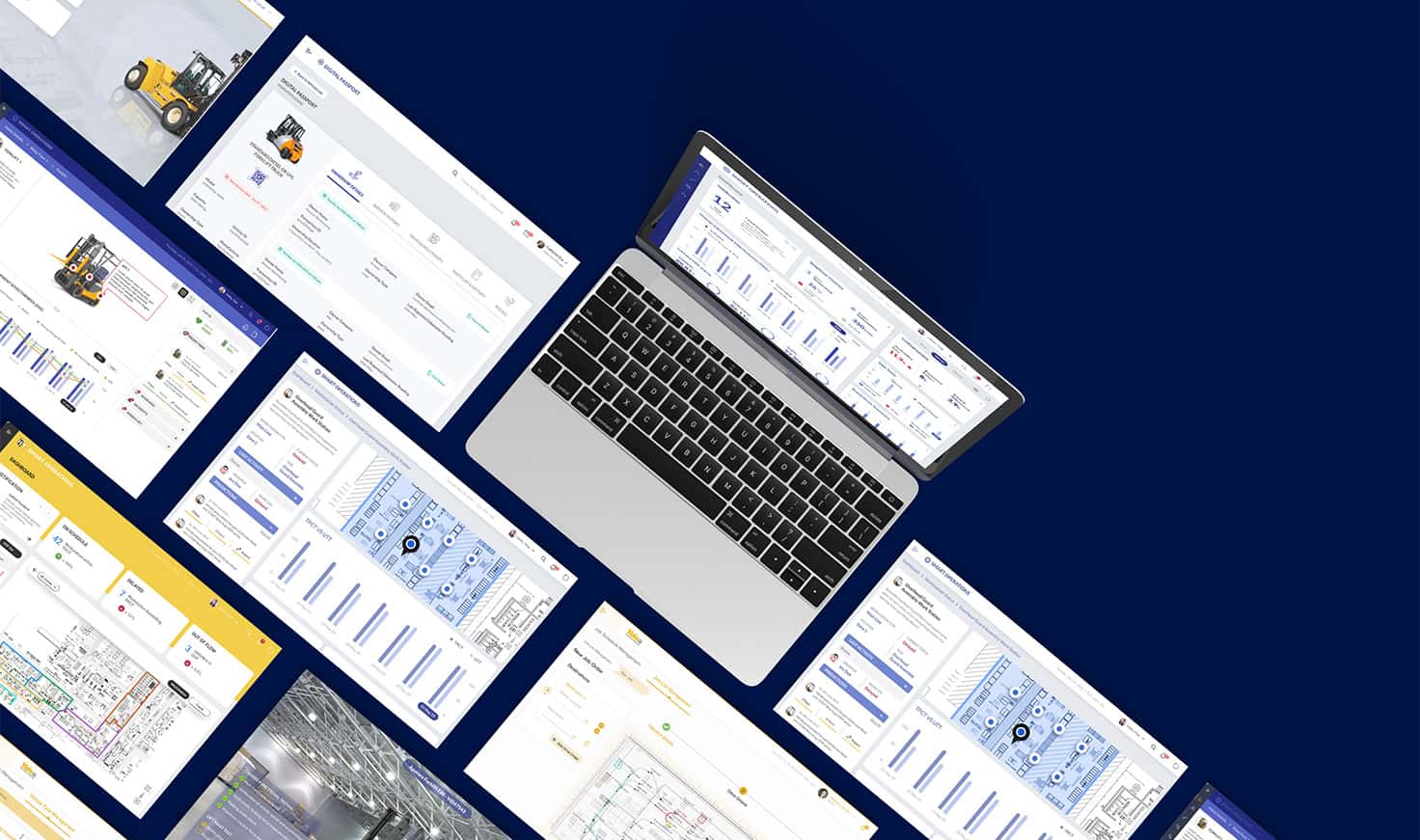About the Industrial Internet of Things Proof of Concept
In the dynamic landscape of modern industries, the lack of seamless integration and intelligent coordination across operational facets often hampers efficiency. Disjointed systems for operations, inventory, supply chain, traffic management, assembly lines, and documentation lead to inefficiencies, delays, and increased operational costs.
Based on the below UX breakdown, we have gained a comprehensive understanding of the challenges within the current manufacturing industry. The data collected are derived from previous projects and clients. Given that this was quite an extensive project, just hang tight and enjoy the ride.
Intro Video
This video is crafted to present this Proof of Concept (POC) to diverse clients and stakeholders. It provides an overview of why IIoT is crucial and highlights the available opportunities.
UX Analysis
| Aspect | Problem | Solution | |
|---|---|---|---|
| User Onboarding | Complex onboarding processes may hinder user adoption. | Implement a user-friendly onboarding flow, guiding users through the setup of each application, highlighting the interconnected nature of the suite. | |
| Information Architecture | Overwhelming data flow might lead to confusion. | Ensure a clear and intuitive information hierarchy, allowing users to easily navigate and comprehend the relationships between applications. | |
| Inter-application Connectivity | Inefficient data exchange may impede real-time collaboration. | Optimize APIs and communication protocols for seamless data transfer between applications, fostering a unified user experience. | |
| UI Consistency | Inconsistent UI elements might create a disjointed feel. | Maintain a cohesive design language across all applications, providing a visually unified experience that reinforces the interconnected nature of the suite. | |
| User Feedback Mechanism | Lack of real-time feedback may hinder user understanding. | Implement responsive feedback mechanisms, such as notifications and alerts, ensuring users are promptly informed about changes or issues within the suite. | |
| Customization and Personalization | One-size-fits-all approach may not cater to diverse user needs. | Enable customization options, allowing users to tailor the interface and features according to their specific roles and preferences. | |
| Mobile Responsiveness | Limited accessibility on mobile devices may restrict usability. | Ensure responsive design across various devices, enabling users to access and manage the suite seamlessly on both desktop and mobile platforms. | |
| Training and Support | Complex functionalities may require extensive training. | Provide comprehensive training resources and responsive customer support to empower users and address any challenges they may encounter. | |
| Security Measures | Concerns about data security may deter user trust. | Implement robust security measures, such as encryption and multi-factor authentication, to assure users of the safety and confidentiality of their data. | |
| Performance Optimization | Slow response times may impede productivity. | Continuously optimize performance, addressing any bottlenecks to ensure a smooth and responsive user experience. | |
| User Engagement | Users may disengage due to a lack of interactive features. | Incorporate interactive elements, such as gamification or real-time analytics, to enhance user engagement and experience. | |
| Cross-Platform Consistency | Inconsistencies between platforms may lead to user confusion. | Ensure a consistent user experience across various platforms, maintaining design and functionality uniformity. | |
| Accessibility Compliance | Inaccessible design may exclude users with disabilities. | Adhere to accessibility standards (e.g., WCAG) to make the suite usable for individuals with diverse abilities. | |
| User Empowerment | Users may feel powerless without tools for customization. | Provide users with customization features, empowering them to tailor the interface to their preferences and workflows. | |
| Real-time Collaboration | Lack of real-time collaboration tools may hinder teamwork. | Implement features like live chat or collaborative editing to enhance real-time communication and collaboration. | |
| User Analytics | Absence of user analytics may result in a lack of insights. | Integrate user analytics tools to gather data, enabling informed decision-making for further enhancements. | |
| Intuitive Navigation | Complex navigation may lead to frustration and errors. | Design an intuitive navigation system, reducing cognitive load and enhancing the overall usability of the applications. | |
| Scalability | Limited scalability may impede future growth. | Design the applications to scale seamlessly, accommodating increased data, users, and functionalities over time. | |
| Offline Functionality | Lack of offline functionality may hinder productivity in low-connectivity scenarios. | Implement offline features, allowing users to continue working and syncing data once connectivity is restored. | |
| Community Support | Limited community support may lead to isolated problem-solving. | Establish a user community or forum to facilitate knowledge sharing and collaborative issue resolution. |
Affinity Mapping
We took all the info we got from past projects and clients, then we started sorting it based on different types of people.
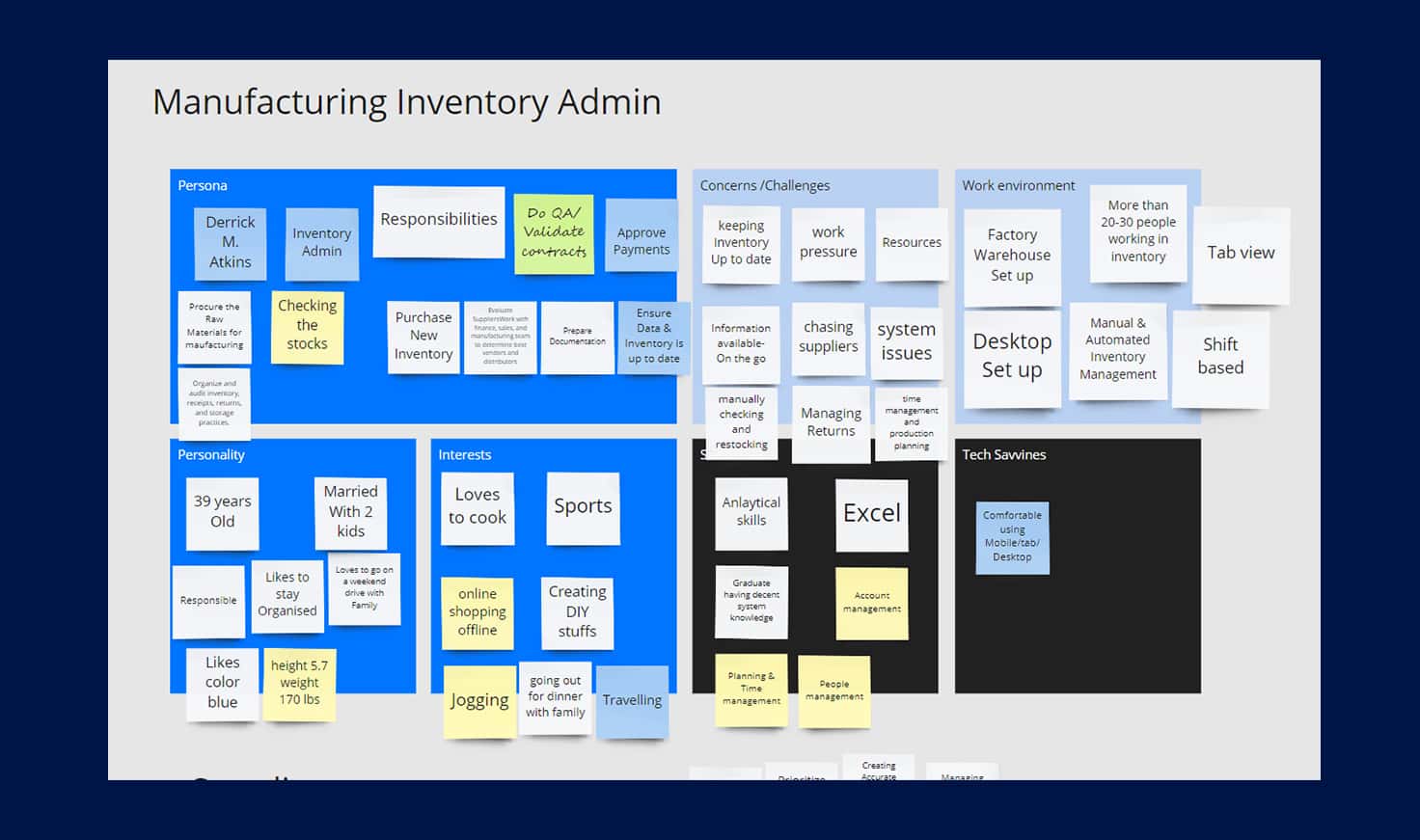
Persona
In this project, we made a bunch of different personas. Check out one of them below for reference.
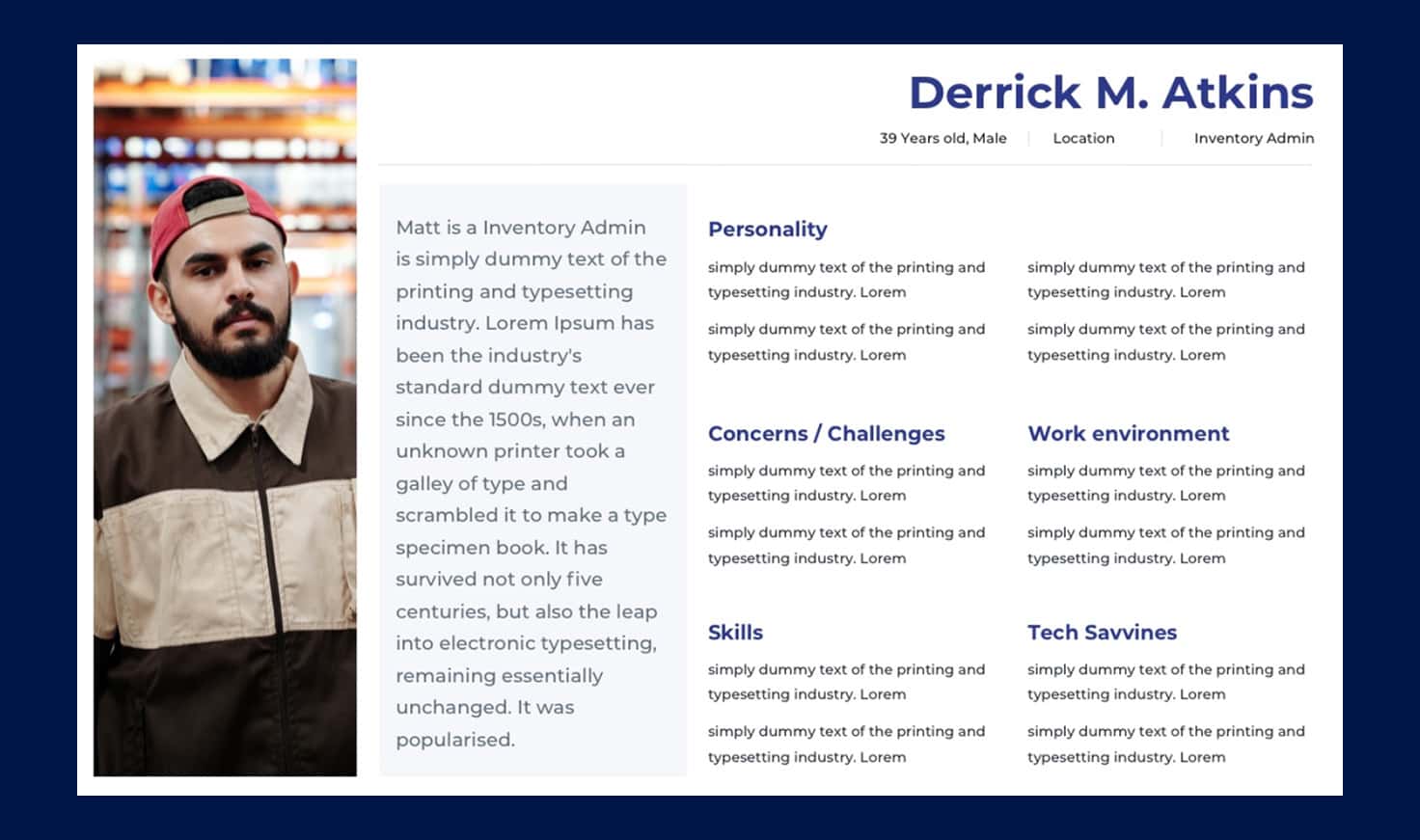
CJM
We used the info to put together a customer journey map, digging into where things get tough and where chances to improve pop up.
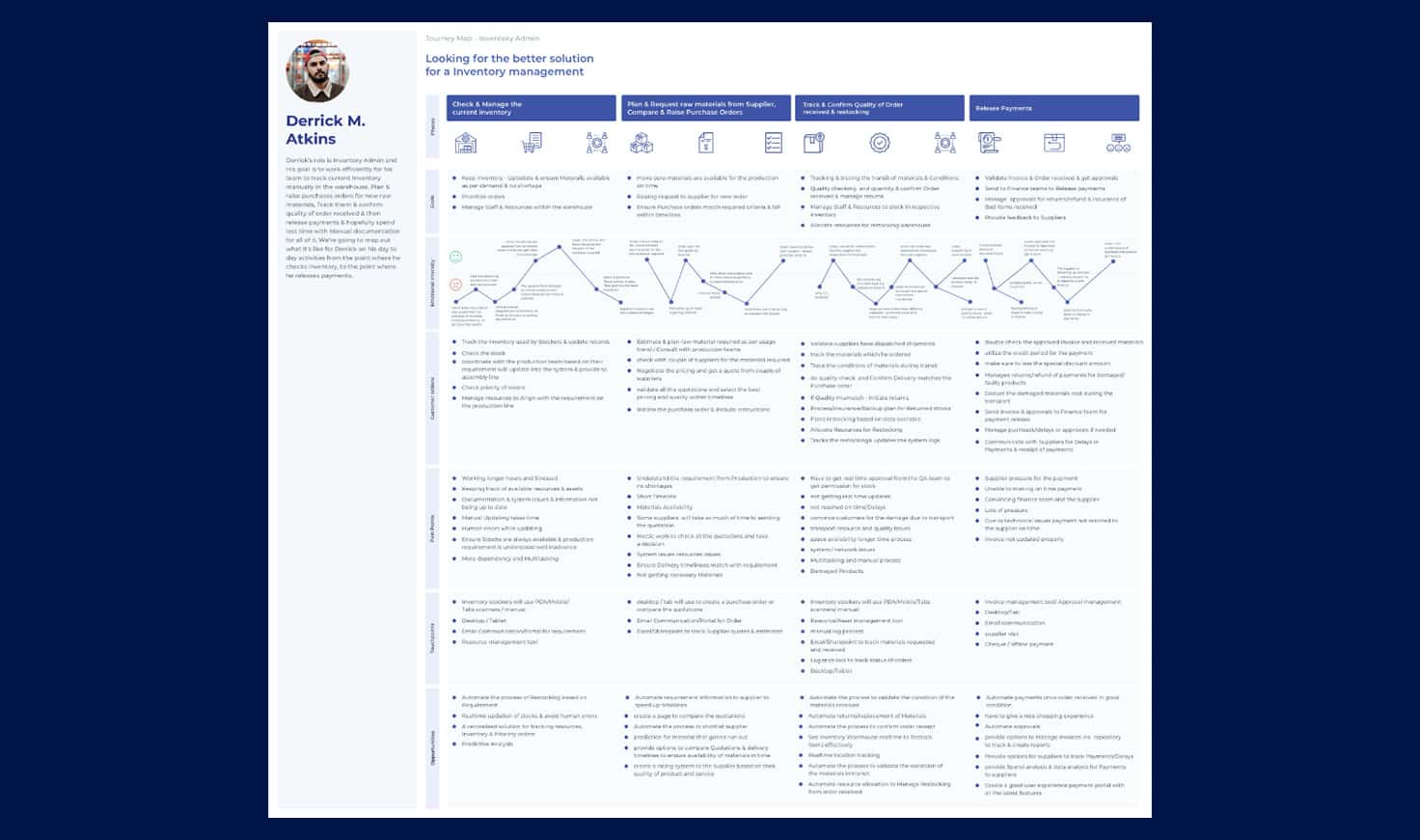
Storybord
We’ve got some cool ideas on the table, but not everyone’s using them yet. Take augmented reality, for instance. It can really amp up the user experience, but there might be a few challenges in making it happen. Even with the possible downsides, we went ahead and created this Proof of Concept to really dive into the perks. Plus, we’re thinking this solution could work for other devices too, and we’ve thrown that idea into the mix.
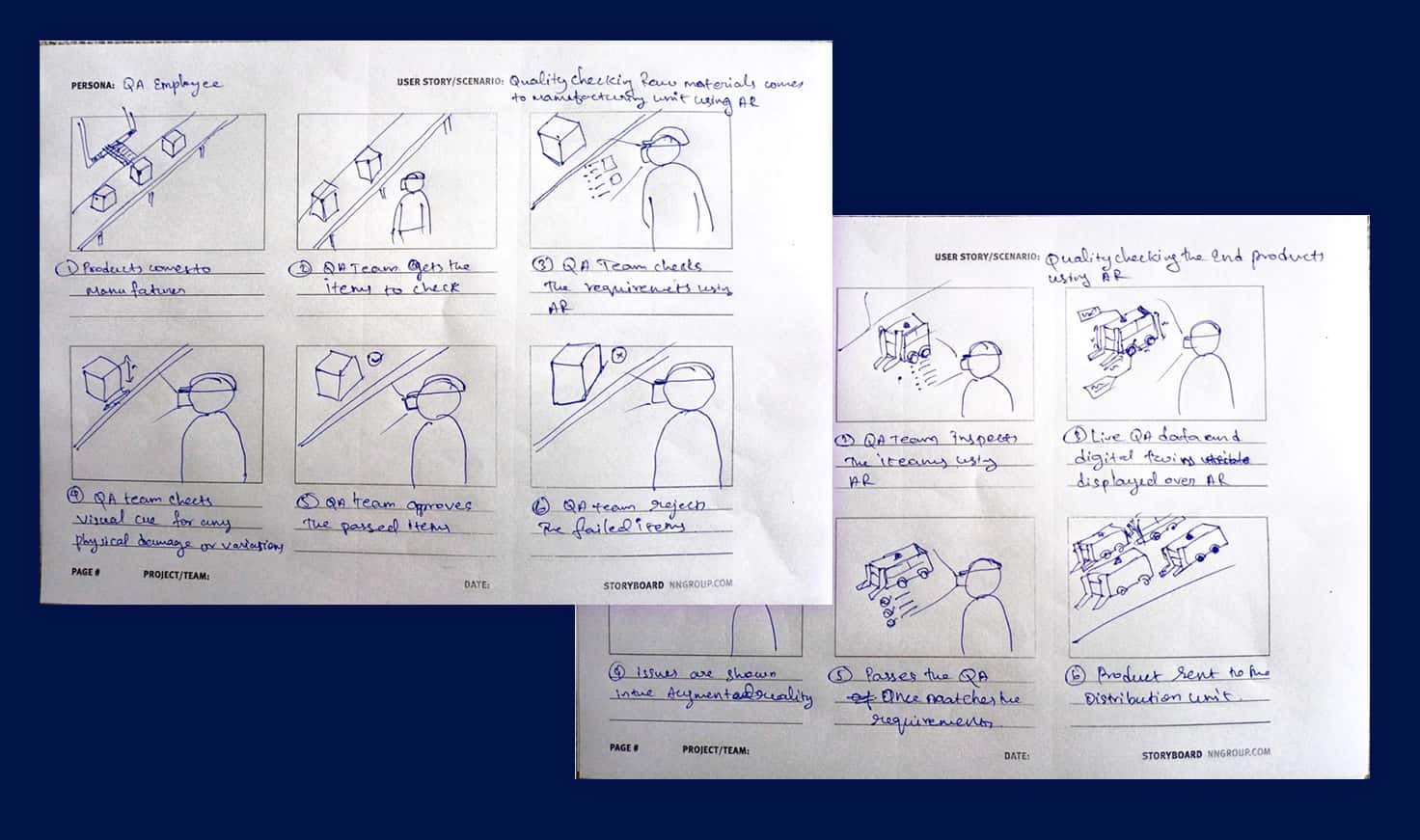
Information Architecture
We took the info and crafted the information architecture in two steps. The first part is all about automation, and in the second part, we blend in a bit of manual work with the automation.
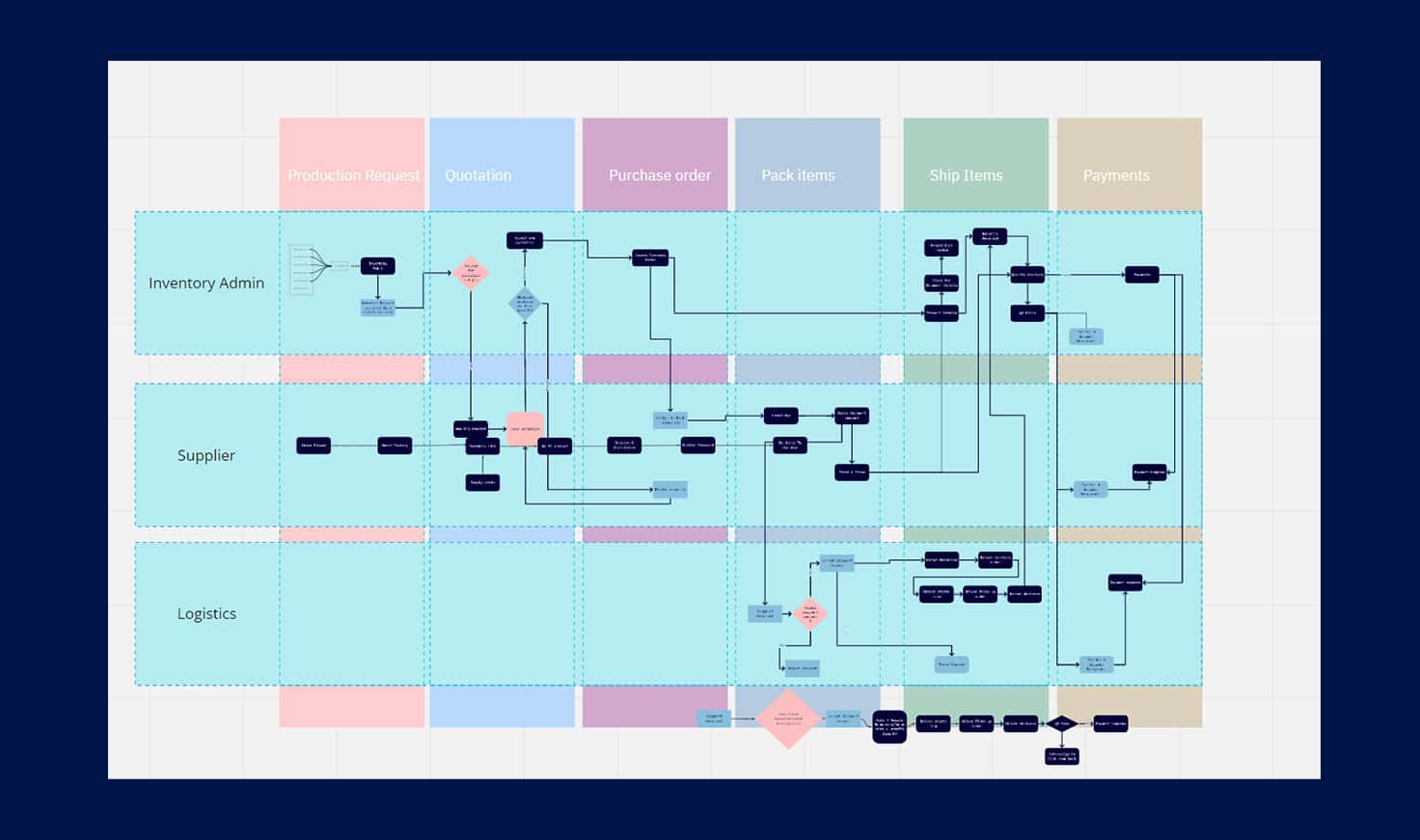
Mind Map
This project’s a bit tricky, so before diving into the nitty-gritty with the wireframes, we kicked things off with a mind map to make everything smoother. After getting the wires all set, we brought them together with the mind map.
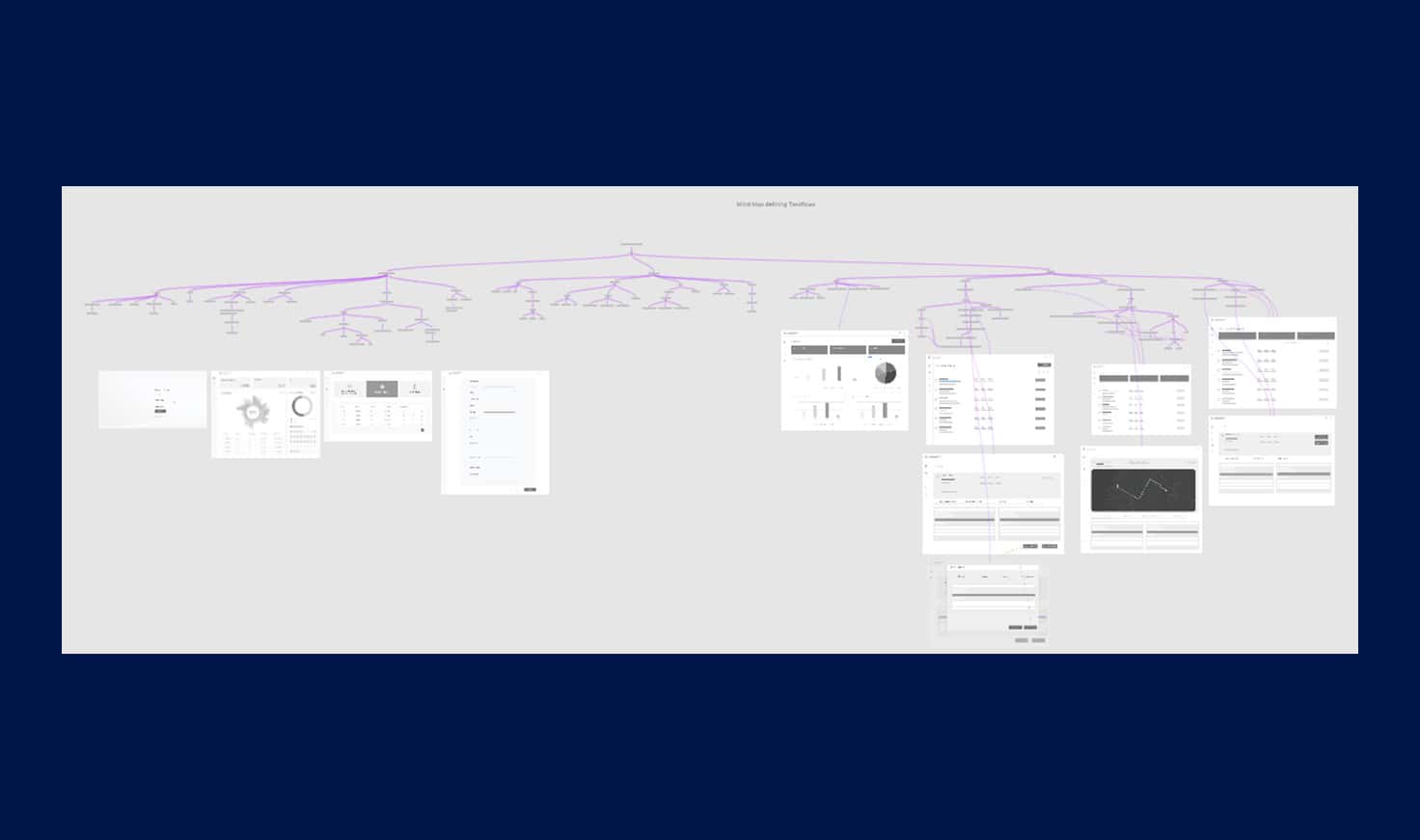
Demo Video
After a whole year of hard work, we wrapped up this POC. Here’s my idea: let’s whip up a demo video that walks through how all the applications sync up seamlessly. If we need to show it to others, we might need a few more team members to act it out and present. I put together this video to make sure everyone gets the concept. Fun fact: I used AI to turn the text into speech, and this was way before all the AI hype took off recently.
We got to this point after tons of brainstorming with our in-house teams and subject matter experts. We kept bouncing ideas around during and after we came up with the solutions, tweaking things as needed. I get that the details I shared are pretty high-level; there’s only so much I can spill due to employer and employee contracts.
Appreciate you joining me on this adventure! If you’ve got questions or just want to chat more about what we’ve crafted, feel free to reach out. Excited to share more updates in the future. Cheers! 🌟🚀
